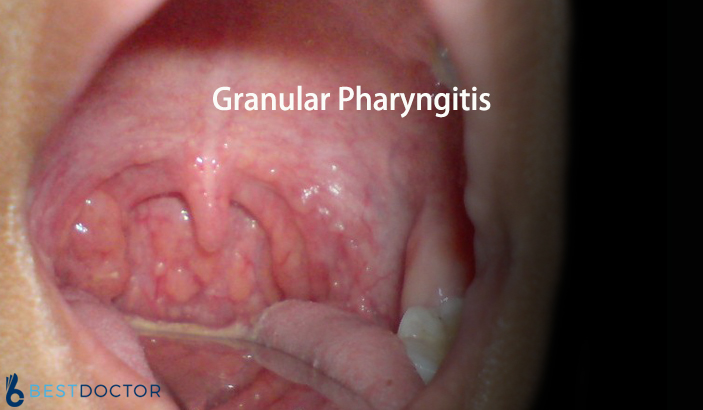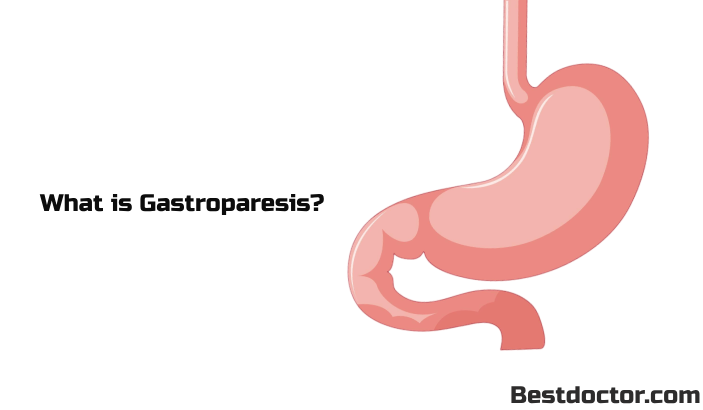What Is Pharynx?
Pharynx is a part of the digestive system which extends from the bas of the skull and connects to the esophagus. Pharynx enables passage of food to the esophagus, larynx being the wind-pipe.
The Pharynx Can Be Divided Into 3 Parts
1. Naso-Pharynx – This portion lies behind the nasal cavity.
2. Oro-Pharynx – This portion includes back of the tongue, posterior wall of the throat and tonsils.
3. Laryngo-Pharynx – This portion of pharynx lies behind the larynx (wind-pipe). It covers the larynx. Naso-pharynx and Oro-pharynx are rich in lymphoid tissues.
Functions Of Pharynx
1. Provides passage for food and air.
2. Lymphoid tissues in pharynx play a protective role by drainage of lymph. Lymphatics are responsible for removal of toxins and unwanted material from the body.
3. Muscles of the pharynx are responsible for chewing and swallowing food.
4. Pharynx plays in important role in voice and speech.
5. Nerve supply to pharynx is responsible for producing the sensation of thirst.
What Is Pharyngitis and Why does It Happen?
Pharyngitis is inflammation and infection of the pharynx or parts of the pharynx. Pharyngitis may be acute or chronic.
Causes Of Acute pharyngitis
- Trauma
- Infections like chicken pox, measles or influenza.
- Foreign body or use of instruments.
- Viruses are the most common causative organisms for acute pharyngitis.
- Acute pharyngitis often involves infection of tonsils. The incubation period is 2-4 days.
Symptoms Include
1. Sneezing with runny nose
2. Headache
3. Body ache
4. Cough
5. Fever and weakness.
6. Loss of appetite due to difficulty in swallowing.
7. Adjacent lymph nodes may be swollen. The swelling reduces as and when infection subsides.
8. On examination, throat appears red and inflamed.
9. When tonsils are involved, they appear red, enlarged and occasionally pus pockets can be seen on examination with the naked eye.
Acute infections usually respond well to prompt treatment. It can be caused by bacteria or viruses.
Causes for Chronic Pharyngitis
- Obstructive lesions like deviated nasal septum, nasal polyps or adenoids.
- Infective rhinitis or sinusitis or recurrent upper respiratory tract infection
- Infected gums or decayed teeth.
- Diffuse congestion of walls of pharynx causes chronic catarrhal pharyngitis.
- Prolonged hypertrophy of lymph nodes on the pharyngeal wall is called Chronic Granular Pharyngitis.
Symptoms of Chronic Pharyngitis
- Throat discomfort and difficulty in swallowing.
- Difficulty in speaking.
- Cough with a tendency to clear the throat constantly.
- Fever may be present in acute exacerbation of a chronic illness.
- On examination, throat appears red and congested. Engorged blood vessels in the pharyngeal wall can be seen.
Some Facts about Chronic Granular Pharyngitis
- It is characterized by a change in the structure of mucus membrane of the pharynx. This includes glands and lymph nodes.
- The term ‘Granular’ is given due to the appearance of enlarged lymph nodes on the pharyngeal wall.
- There is marked swelling of follicular tissue which gives it a glazed appearance.
- Commonly affects individuals in the age group of 25-40 years. Males and females are affected equally.
- Initially, there is hyperemia or congestion (due to excess blood supply). This is followed by enlargement of the lymphoid tissues of the neck. Neck rigidity is often present.
- The tissue over pharyngeal wall appears thickened at some places and shrunken at other places.
- This illness is characterized by resistance to any sort of anti-viral or antibiotic medications.
- Dry and sore throat results in difficulty in eating.
- High grade fever is present during acute attacks of chronic pharyngitis. Fever is absent in sub-acute forms.
Can Granular Pharyngitis Cause Cancer?
A chronic sore throat can be a cause of cancer. When a sore throat lasts longer than 6 weeks, then it is advised to ask a doctor online in order to rule out the possibility of cancer.
Recurrent inflammation of the pharyngeal wall along with diabetes, smoking and alcohol consumption and Human Papilloma Virus (HPV) infection can become risk factors for developing pharyngeal cancer.
Chronic granular pharyngitis and throat cancer may exist in a cause and effect relationship. Atrophic form of chronic pharyngitis indicates impaired immunity and can pose as a potential risk for development of throat cancer. Pharyngeal cancer includes affection of all three parts of the pharynx.
Pharyngitis and Cancer Often Have Similar Symptoms
- Persistent cough
- Chronic sore throat
- Hoarseness of voice or change in voice
- Swelling of lymph glands in the neck.
- Painful and difficult swallowing
- Release of thick sputum
Since, symptoms of pharyngitis and cancer are almost similar, diagnosis of pharyngeal or throat cancer is often difficult. However, unexplained weight loss favors the diagnosis of cancer.
Some Facts about Pharyngeal Cancers
Two Major Varieties of Throat Cancer are;
- Squamous Cell Carcinoma – This develops in the cell wall lining the throat
- Adenocarcinomas – Cancer beginning in the glands of the throat
- Squamous cell carcinoma is the most common type of pharyngeal cancer.
- This type of cancer tends to spread rapidly to other tissues, to adjacent lymph nodes and via blood to other organs too. Skeletal involvement is a common occurrence.
- About 80% cases of pharyngeal cancers occur due to tobacco and smoking. Smokers have a 25% higher risk of developing pharyngeal cancer as compared to non-smokers.
- Chronic viral infection with organisms like Human Papilloma Virus (HPV), Herpes Simplex Virus (HSV) and Human Immuno-deficiency Virus (HIV). Nasopharyngeal cancers are associated with Epstein Barr Virus (EBV) infection.
- Asian countries have the highest incidence of pharyngeal cancer.
- Cancer of the pharynx can be treated effectively with radiotherapy. Chemotherapy has not been found much beneficial in the management of pharyngeal cancer.
- Early detection of pharyngeal cancer is usually associated with good prognosis.
All types of throat cancers, including cancer of pharynx and larynx are now included under the term ‘Head and Neck Cancer’. Appropriate diagnosis and treatment should be sought from an oncologist. Oncologist is the one who specializes in the treatment of cancer. Whereas, onco-surgeon is the one who specializes in the surgical management of ‘Head and Neck Cancer’.
Dr. Himanshi is a Homoeopathic consultant and currently working as a lecturer in Post-graduate faculty of Homeopathy, Parul University, Vadodara. Completed BHMS and MD in Homeopathy in January 2018 and also has a clinical experience of about 6 years. Personal interests include reading, spending time with family and traveling.








Enhancing Your Career Opportunities with Improved Vision from LASIK Surgery in Manhattan
What Does Cloudy Urine Mean in Females and Males?
Palmar Hyperhidrosis: Understanding Causes, Symptoms, and Treatment
16 Warning Signs You Need to Go See Your Doctor As Early As Possible